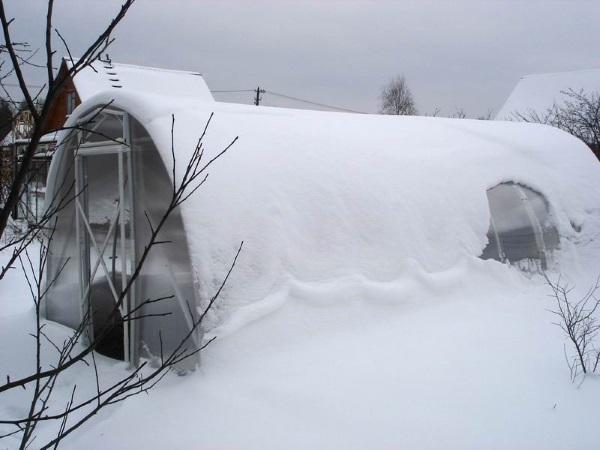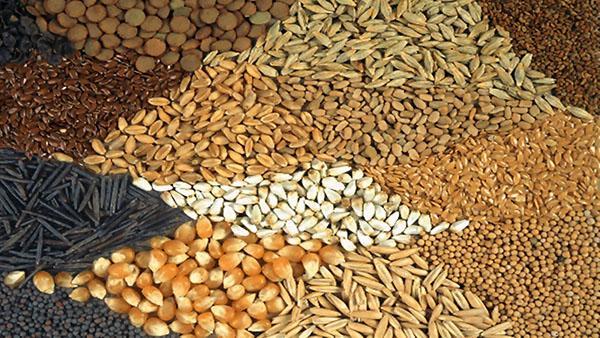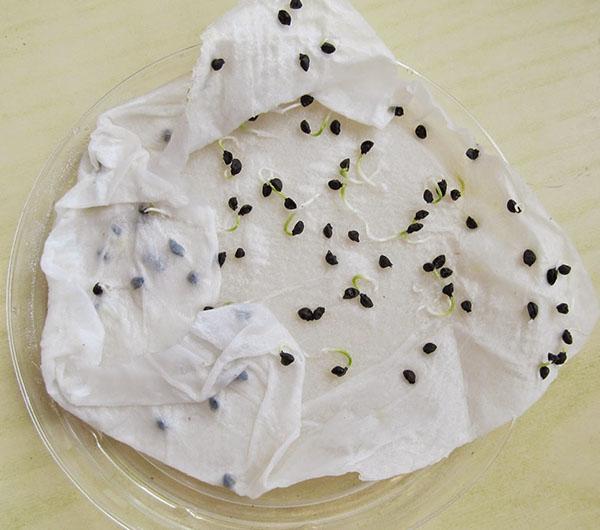Important January work in the greenhouse and in the beds
 "Go sloth to the ant, look at its path and be wise." This eternal truth shows that January is a wonderful start to greenhouse, garden and garden work. Although the ants are sleeping during this time, their organization can teach a lot to observant people. During the entire period of their wakefulness, insects work and achieve unprecedented success in this. In contrast to them, people are intelligent creatures, they never lose precious time in hibernation. They take care of their needs in winter too.
"Go sloth to the ant, look at its path and be wise." This eternal truth shows that January is a wonderful start to greenhouse, garden and garden work. Although the ants are sleeping during this time, their organization can teach a lot to observant people. During the entire period of their wakefulness, insects work and achieve unprecedented success in this. In contrast to them, people are intelligent creatures, they never lose precious time in hibernation. They take care of their needs in winter too.
January chores: vegetable garden

During this period, gardeners of this territory are engaged in the purchase of planting material for vegetable crops. Just in January, you can slowly check the seeds for germination and, if anything, buy more recent options.
If you do not check the seeds for germination in advance, there is a danger that they will not sprout at the appointed time. The result is wasted time, stress and low yields.
In order to check the germination of seeds, they need to germinate at home. At a time when it's January outside, gardeners germinate seeds at home. They take a damp cloth or plain paper and spread the planting material on it (approximately 20% of the entire pack).  From above, the "application" is covered with slightly moistened gauze and taken to a warm darkened room. As the gauze dries, it should be moistened regularly. Depending on the crop being tested, the seeds will germinate in 5 or 10 days.
From above, the "application" is covered with slightly moistened gauze and taken to a warm darkened room. As the gauze dries, it should be moistened regularly. Depending on the crop being tested, the seeds will germinate in 5 or 10 days.
For example, radishes, cucumbers and melons begin to germinate on the fifth day. Tomatoes, carrots, zucchini and cabbage - for a week. Parsley, dill and celery need 10 days to germinate. Therefore, it is important to water the seeds regularly and monitor them closely.
It is better not to keep a napkin with a set of seeds near central heating radiators, fireplaces or stoves. The seeds must sprout naturally. By the number of germinated seeds, the percentage of similarity of the planting material will be visible.
Taking care of a vegetable garden in central Russia, where the first month of the year is not so harsh, you can think about preparing fertilizers, various growth stimulants and a film for sheltering early crops.  Some summer residents even prepare preparations for pest control, ready to attack fresh greens of young vegetables. Others, anticipating possible plant diseases, think about how best to protect their garden from any misfortunes.
Some summer residents even prepare preparations for pest control, ready to attack fresh greens of young vegetables. Others, anticipating possible plant diseases, think about how best to protect their garden from any misfortunes.
January works in the greenhouse
 Wherever we live, we love greens and fresh vegetables. They are often bought on the market, hoping that they contain a lot of vitamin. Wise gardeners try to grow these valuable plants on their own. January is the right month to start work.
Wherever we live, we love greens and fresh vegetables. They are often bought on the market, hoping that they contain a lot of vitamin. Wise gardeners try to grow these valuable plants on their own. January is the right month to start work.
 In areas where the middle of winter is not too cold (southern part of Russia, Ukraine or Belarus), it is possible to establish a winter greenhouse and grow fast-growing greens. The main thing is that it is heated and lit.
In areas where the middle of winter is not too cold (southern part of Russia, Ukraine or Belarus), it is possible to establish a winter greenhouse and grow fast-growing greens. The main thing is that it is heated and lit.
Seeds of radish, spinach, arugula, lettuce are sown in the prepared soil. If this is done in January, then even before spring comes, there will be greens on the table.
It is important to prepare in January greenhouse for the new season. First of all, if there is a lot of snow on the street, the structure should be cleared of it.  Particular attention is paid to the outside of the greenhouse. If the snow is not removed from there, it will serve as a "refrigerator", which is not at all appropriate for her.
Particular attention is paid to the outside of the greenhouse. If the snow is not removed from there, it will serve as a "refrigerator", which is not at all appropriate for her.
If you make a two-meter gap between the greenhouse and the snow and cover it with roofing material, you will be able to create a warm space. As a result, the base of the structure will be warmed up from the sun's rays, which is important for growing plants.
If there is no snow in the region, in January it is appropriate to inspect the greenhouse for integrity:
- wooden structures;
- film coating;
- glass, if any;
- cellular polycarbonate;
- roofs.
 To prevent the roof from breaking under the weight of snow, additional supports must be installed. They can be removed by early spring. Thus, January work in the greenhouse is a guarantee of the future harvest.
To prevent the roof from breaking under the weight of snow, additional supports must be installed. They can be removed by early spring. Thus, January work in the greenhouse is a guarantee of the future harvest.
 For colder regions, green beds are recommended to be built in boxes in fertile soil. Sowing dill parsley or a salad in January, you can eat fresh herbs pretty quickly. In the same way, forcing onions under the greens is carried out. To do this, small bulbs, tightly pressing each other, are stuck into the soil. This way more planting material will fit in the box. Then the artificial bed is placed in a room where the temperature is not lower than 22 degrees.
For colder regions, green beds are recommended to be built in boxes in fertile soil. Sowing dill parsley or a salad in January, you can eat fresh herbs pretty quickly. In the same way, forcing onions under the greens is carried out. To do this, small bulbs, tightly pressing each other, are stuck into the soil. This way more planting material will fit in the box. Then the artificial bed is placed in a room where the temperature is not lower than 22 degrees.
 As the soil dries up, watering is performed. When the first shoots appear, the containers are transferred to a lighted place. A few weeks later, a fresh juicy onion feather will appear on the table. And January is not a hindrance in this matter!
As the soil dries up, watering is performed. When the first shoots appear, the containers are transferred to a lighted place. A few weeks later, a fresh juicy onion feather will appear on the table. And January is not a hindrance in this matter!